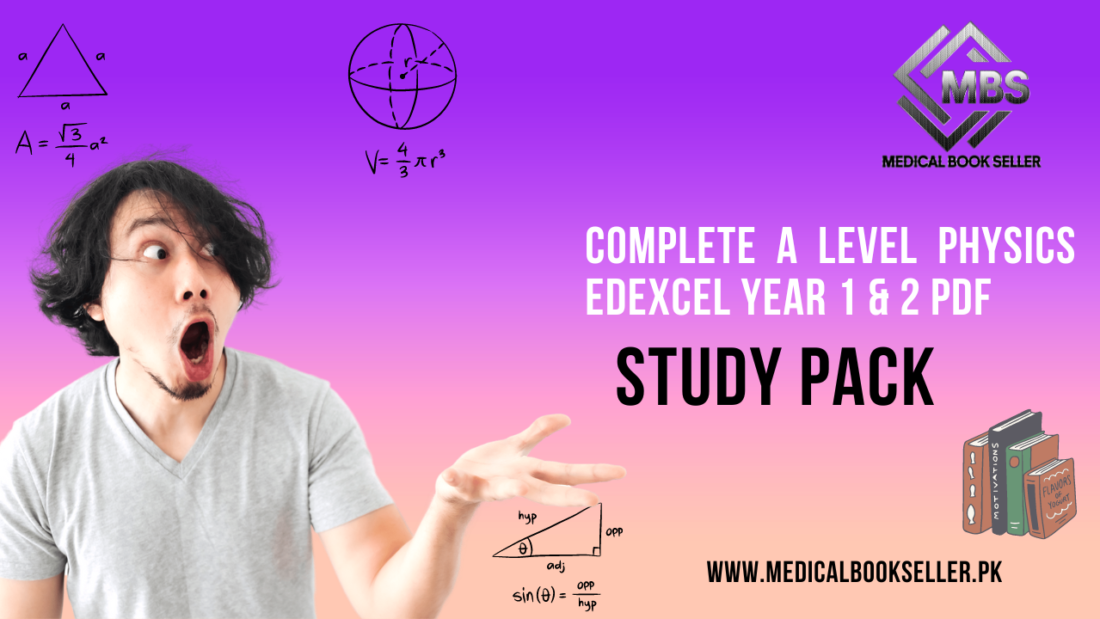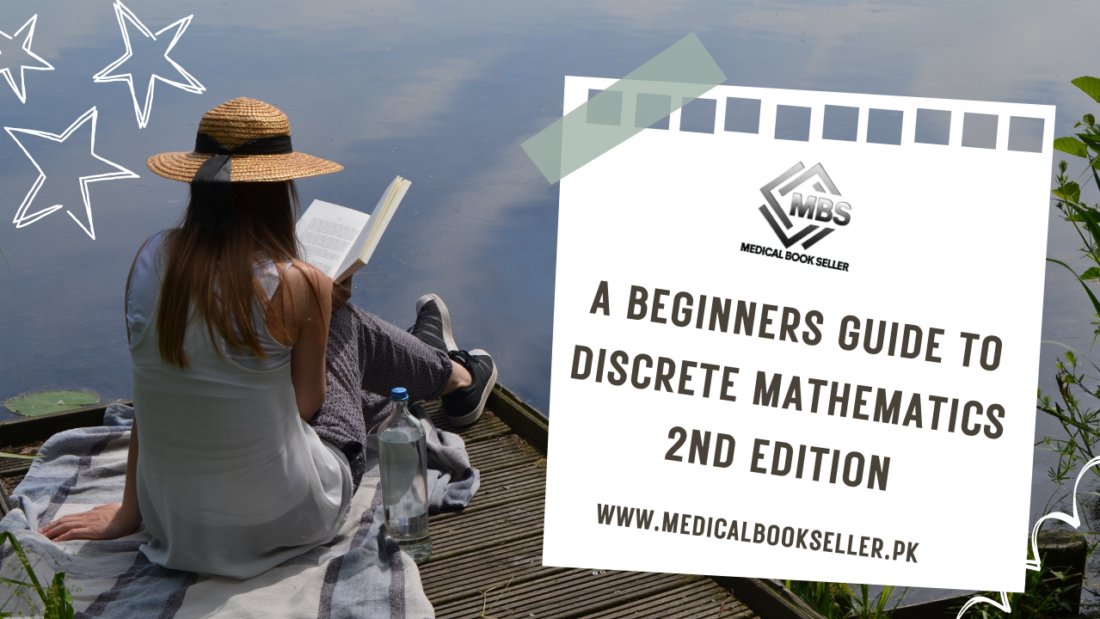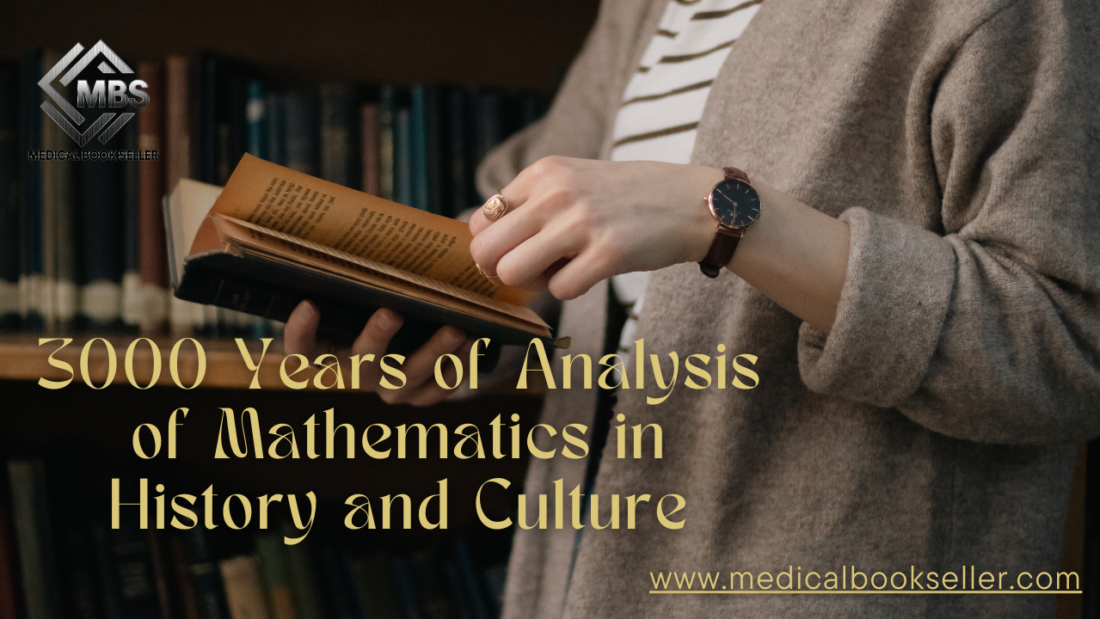E-books have changed the way people get information and “A Level Biology Edexcel A Year 1 & 2 PDFs” is not exempted. This review looks at the benefits, drawbacks, and future results of the use of digital textbooks in the learning of A-level biology.
A-level biology is one of the most important subjects for students planning to become doctors, biologists, or any other related professional. One effective and credible examination board that provides a complete two-year course is Edexcel which embraces fundamental concepts as well as the intricate issues in the sphere of biology.
Understanding A Level Biology Edexcel A Year 1 & 2 PDF
What is A Level Biology?
A level of Biology is one of the advanced levels of study that students undertake normally within the penultimate and final years of study in secondary school. These include concepts that deal with the biological aspects of life comprehensively, enabling the student to compete for university education and other scientific careers.
Overview of Edexcel Exam Board
Edexcel being highly academic concentrates on providing the child with a schedule that follows the International Standards of education. In their Level Biology course, they enshrine their educational values so that any concept ranging from cellular biology to genetics is well understood.
Structure of A Level Biology Edexcel A Year 1 & 2
The course is split into two parts: In year 1 the content area of Cells: structure and contents, enzymes, and biological molecules like carbohydrates, lipids, proteins, and nucleic acids are taught. Thus, Year 2 builds on the foregoing basics and covers such concerns as ecosystems, genetics, and gene technology.
Benefits of Using PDF Versions
Accessibility and Portability
The use of A Level Biology Edexcel A Year 1 & 2 PDFs has one major advantage – being rather easy to access. Students can open/type their books at any time from any place using laptops, tablets, or even smartphones. This flexibility extends learning beyond the classroom and enriches it.
Cost-effectiveness Compared to Physical Textbooks
The digital form is cheaper than the physical copy and thus spending on PDF versions can be contained for students and the schools. Besides, they help avoid the use of thick textbooks so that such learning acts as an environmental conservation measure.
Comprehensive Coverage of Topics
Core Concepts in Year 1
Year 1 focuses on the basic concepts that regard life and its supportive sciences, which are important for the comprehension of more intricate ideas. This includes cellular biology, chemistry, and the concepts of physiology.
Advanced Topics in Year 2
In Year 2, actual biology is studied along with such subjects as genetics, evolution, and ecosystems. In the academic field, students get acquainted with current data and theories and prepare well for academic and workplace situations.
Interactive Features
Digital Tools and Resources
Other enhancements that are commonly incorporated into A-level biology textbooks within PDF format are links to other sources of information, links to videos and CBTs, and check quizzes. They increase learning outcomes by creating interest and improving retention of concepts or ideas.
Engaging Multimedia Elements
The use of the media components; which include animations, diagrams, and simulations made the learning process more interesting. This is helpful as it helps illustrate what would typically be complex i.e. making biology easier to learn and more fun.
Advantages of Digital Learning
Customization and Personalization Options
One more advantage of using digital textbooks is their flexibility of arrangement and adaptation to the learners’ style of learning. Able to use highlighters, create notes, and flag useful facts or summaries throughout any document for optimized and easy studying.
Integration with Study Apps and Platforms
Adapting to other educational applications and sites widens the practical functionality of digital books even more. Such features as shared note-taking and group study help in increasing cooperation between students and or with tutors.
Challenges and Considerations
Technical Issues and Compatibility
On the one hand, the process of using digital textbooks is beneficial but, on the other hand, technical problems with the compatibility of software and hardware and updates might occasionally interrupt the process of learning. Both the educators as well as the students require being updated on the developments as well as the debugging techniques.
User Experience and Interface Design
The utilization of digital textbooks by the user is still diverse due to different new experiences. Generally, Horn notes that the key to creating interfaces that students will be able to use effectively is to make sure that the interface has an easy-to-understand design and that students can quickly and easily navigate through the interface to get to the content that they need.
Comparison with Traditional Textbooks
Benefits of Digital over Physical Textbooks
Of course, digital textbooks are also more portable and flexible than traditional textbooks since the entire library of resources can fit into the pocket of a student. : These also promote multiple meanings and facilitate understanding of the contents; also play an integral role, especially in multimedia learning.
Learning Outcomes and Student Preferences
Literature shows that students use digital textbooks for interactive content and the ease that is associated with the use of the same. Engagement that is intensified yields better results in learning since the student can review and understand what has been taught independently.
Impact on Student Learning
Case Studies and Success Stories
Teachers around the globe have adopted digital text in A-level biology because it enhances students’ interest and performance. The analysis of case stories reveals examples of successful practices, in which the use of publications helped to improve the learning process in the classroom.
Feedback from Students and Educators
Students’ perception of the technologies also reveals the influence of digital tools on the students’ learning process. Regarding the factors of implementers and beneficiaries, the findings revealed that the use of Google apps in digital textbooks was valued by educators due to their flexibility in embracing multiple teaching approaches and the students’ differences.
Future Trends in Digital Learning
Innovations in E-learning Technologies
Digital textbooks have a prospect in the future due to the constant enhancements of e-learning technologies. AI, VR, and environments that adapt to learners’ needs are expected to dramatically change the ways biology is taught and acquired.
Predictions for the Future of Digital Textbooks
In the future, the PTSs will incorporate enhanced characteristics and features such as interaction and personalization according to the student’s learning style. Online platforms will allow users to access updated content and work in collaborative learning spaces comfortably.
Conclusion
Therefore, it can be concluded that A Level Biology Edexcel A Year 1 & 2 PDFs provide comprehensive and progressive ways of studying biology. These are interactive, easily accessible, and cost-efficient tools that make them very useful for both students and teachers. With the ever-changing advancements in technology, these textbooks will become very instrumental in the progression of digital learning.
FAQs about A Level Biology Edexcel A Year 1 & 2 PDF
- What are the advantages of using PDF versions of A A-level biology textbooks?
PDF versions can be obtained anywhere, take little to no amount of money to acquire, and are green because no paper is used as in physical books.
- How does digital learning enhance student engagement in biology studies?
The Application of exhibition features such as pictures and videos, and special assessment forms enhances interactivity and effective learning.
- What are the challenges students may face when using digital textbooks?
The choice of technical aspects, the compatibility of the platform with the devices it will be implemented on, and the usability of a platform’s interface can influence the learning process.
- Are there specific study apps recommended for A Level Biology Edexcel students?
The various apps that are integrated with the digital texts, study tools as well as group- learning tools help the students.
- How can educators effectively integrate digital resources into their teaching?
Teachers should take advantage of the new features of the technology, value the student's feedback, and be acquainted with technology updates.




















